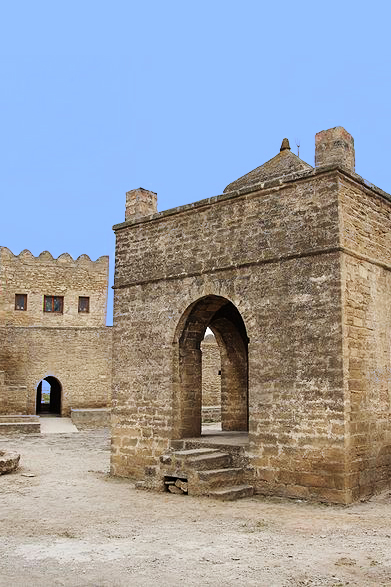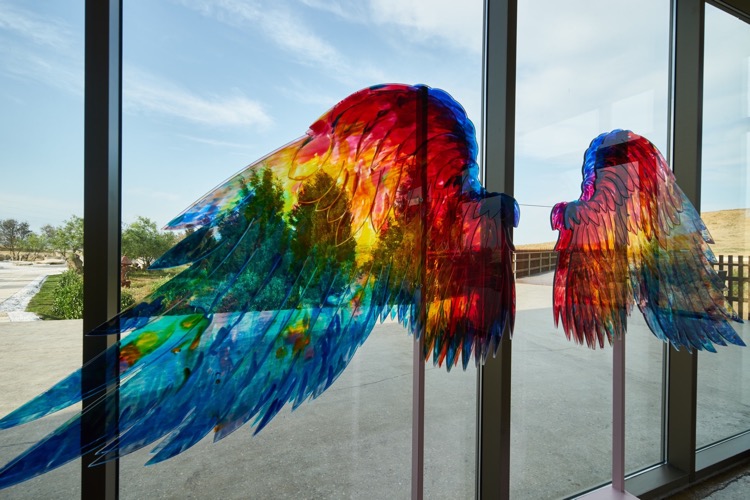

The first mention of the Ateshgah temple dates back to the 2nd and 3rd centuries. At that time, Zoroastrianism spread in Azerbaijan, most likely the ancient temple of Fire, located a few meters from the Ateshgah altar, was destroyed during the Arab conquests.

fire temple in Azerbaijan, on the Absheron peninsula, arose in the XVII-XVIII centuries. On the site of "eternal" inextinguishable fires - burning outlets of natural gas, due to which the temple is called "Ateshgah", meaning "Place of Fire".
30 km from the center of Baku, on the outskirts in the Surakhani region, at various times revered by Zoroastrians, Hindus and Sikhs.

Yanardag is located in the village of Mammadli on the Absheron Peninsula, around 27 km from Baku. The area of the reserve spans 64,55 ha. The main attraction of Yanardag, which literally means “burning mountain”, is a spectacular hill with a constantly burning wall of flames. Thanks to tectonic shifts and volcanic material below the earth’s surface, natural gas leaks from the rocks. The Italian trader and traveler Marco Polo even mentioned the flames during his travels to Baku and its surroundings.

On the opposite side of "Yanardag" another hill used to burn for thousands of years, but as its natural gas leakage moved on due to tectonic shifts the three flames ceased to burn a few hundred years ago. Nevertheless, this fire is believed to have inspired the symbol of Baku which features three flames and the sea. Around the Absheron Peninsula more of these burning rocks used to exist and were used as sacred places by Zoroastrians in ancient times.

